Manx Music and Dance in the 21st Century
Mon, 08 Mar 2021
In the fourteenth in our series of articles about Manx music, this piece looks at the history of Manx music and dance over the past 20 years. This was recently published in the Manx Independent:
This final look at the history of Manx music and dance brings us up to the present day, highlighting some of the developments from the past 20 years.
As Manx Music Development Officer for Culture Vannin (formerly the Manx Heritage Foundation) since 2004, part of my role is to help promote Manx music and dance in schools. Working with the Department of Education and Children’s Music Service, we have created resources for a host of instruments. We have also founded the youth group, Bree, which has produced some fine musicians, some of whom went on to form Scran, which released a debut album in 2018. Some members, such as Isla Callister, have gone onto study traditional music at university.
The foundation of Manx music in schools was laid by outstanding individuals such as Mike Boulton RBV, who established Share na Veg at Albert Road, Ramsey some 40 years ago. Building on this, Rachel Hair has taught dozens of aspiring harpists, including Mera Royle, who won the coveted title of BBC Radio 2 Young Folk Musician in 2018.
Dance, meanwhile, continues to flourish through multi-generational groups like Skeddan Jiarg and Perree Bane.
Mooinjey Veggey Gaelic nurseries and the Bunscoill Ghaelgagh have produced songs like “Traa dy Gholl dy Valley” and “S’mie Lhiam Cappan dy Hey”, now sung across the island. The DESC Manx Folk Awards (formerly Cruinnaght Aeg) provides friendly competitions open to all schoolchildren.
The past 20 years has seen a surge of music CDs including ‘The Best That’s In’, a compilation of music hall favourites and traditional music, and fantastic offerings from The Mollag Band, Skeeal, Biskee Brisht, Birlinn Jiarg and Clash Vooar. It has found respect in other genres too: blues guitarist Davy Knowles explored his roots in the film ‘Island Bound’, while mainstream singers Robin Gibb, Christine Collister and Sam Barks have all recorded songs from their homeland.
Kiaull yn Theay 3 & 4 tune books brought together original songs and tunes from Peddyr Cubberley, Katie Lawrence, David Speers and Bob Carswell, etc. Traditional melodies have inspired new compositions by Roy Baker, Paul Dunderdale, David Kilgallon, Madeline Kelly, Frank Woolley and others.
Manx music has made its mark internationally with Barrule, Ruth Keggin and Mec Lir appearing on stage at Celtic Connections in Glasgow and winning awards at the Festival Interceltique de Lorient. Rushen Silver Band, Ny Fennee and others captivated huge audiences when the Isle of Man was the ‘honoured nation’ at Lorient in 2015.
Collaborative projects with Scottish, Irish, Norwegian, Breton and Bulgarian musicians have revealed the flexibility of Manx music, while a project exploring the life of folklorist Mona Douglas and another re-enacting ‘The Mona Melodies’ of 1820 have helped keep the past alive and relevant.
Customs such as Hunt the Wren and Hop tu Naa along with annual events such as Mollag Ghennal, Manannan’s Winterfest and Oie Voaldyn, are now high-points of the year.
Over the past year, digital technology and social media have become vital tools in the work of Culture Vannin. The result is that every day, people around the world are discovering Manx music and dance, and once the border opens, perhaps we will welcome new visitors who have come specifically to sample the culture.
Keep in touch with all the latest news in Manx music and dance with the KMJ newsletter.
Recent News
-
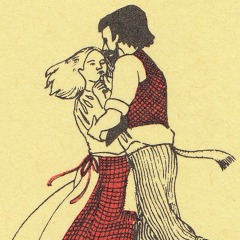
Rinkaghyn Vannin: Manx dance book and cassette released online
Thu, 18 Apr 2024
-

Vin Diesel to star in film version of the Buggane of St Trinian's
Mon, 01 Apr 2024
-
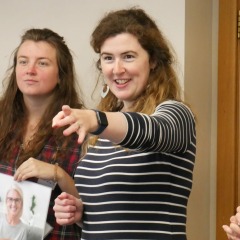
Manx Gaelic Summer School
Tue, 12 Mar 2024
-
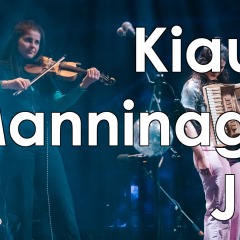
March Manx music and dance newsletter
Fri, 01 Mar 2024
-
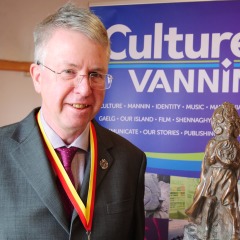
Adrian Corkill awarded the RBV for his work on Manx shipwrecks
Fri, 23 Feb 2024
-
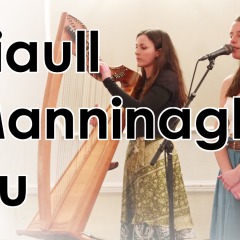
February Manx music and dance newsletter
Thu, 01 Feb 2024
-
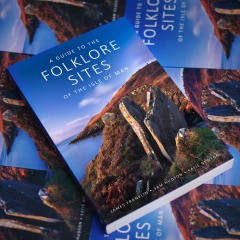
Folklore Guide event
Tue, 09 Jan 2024
-
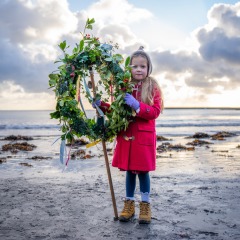
Beautiful pictures of an ancient Manx tradition
Wed, 20 Dec 2023
-
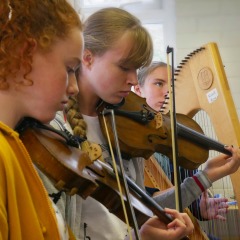
Youth Manx trad session announced
Tue, 19 Dec 2023
-
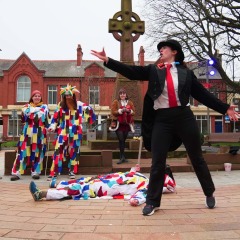
Dates and locations for the White Boys, 2023
Mon, 11 Dec 2023

